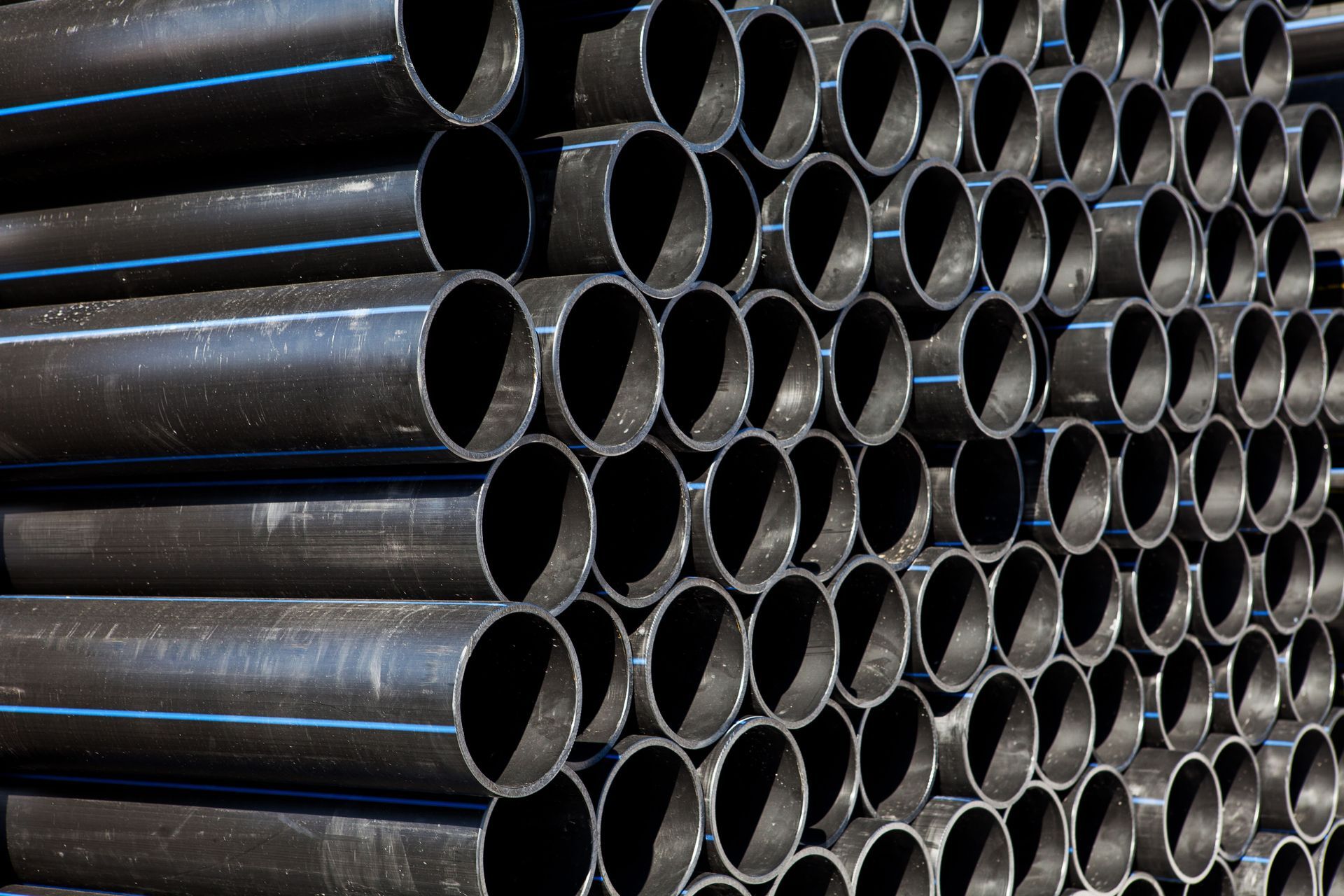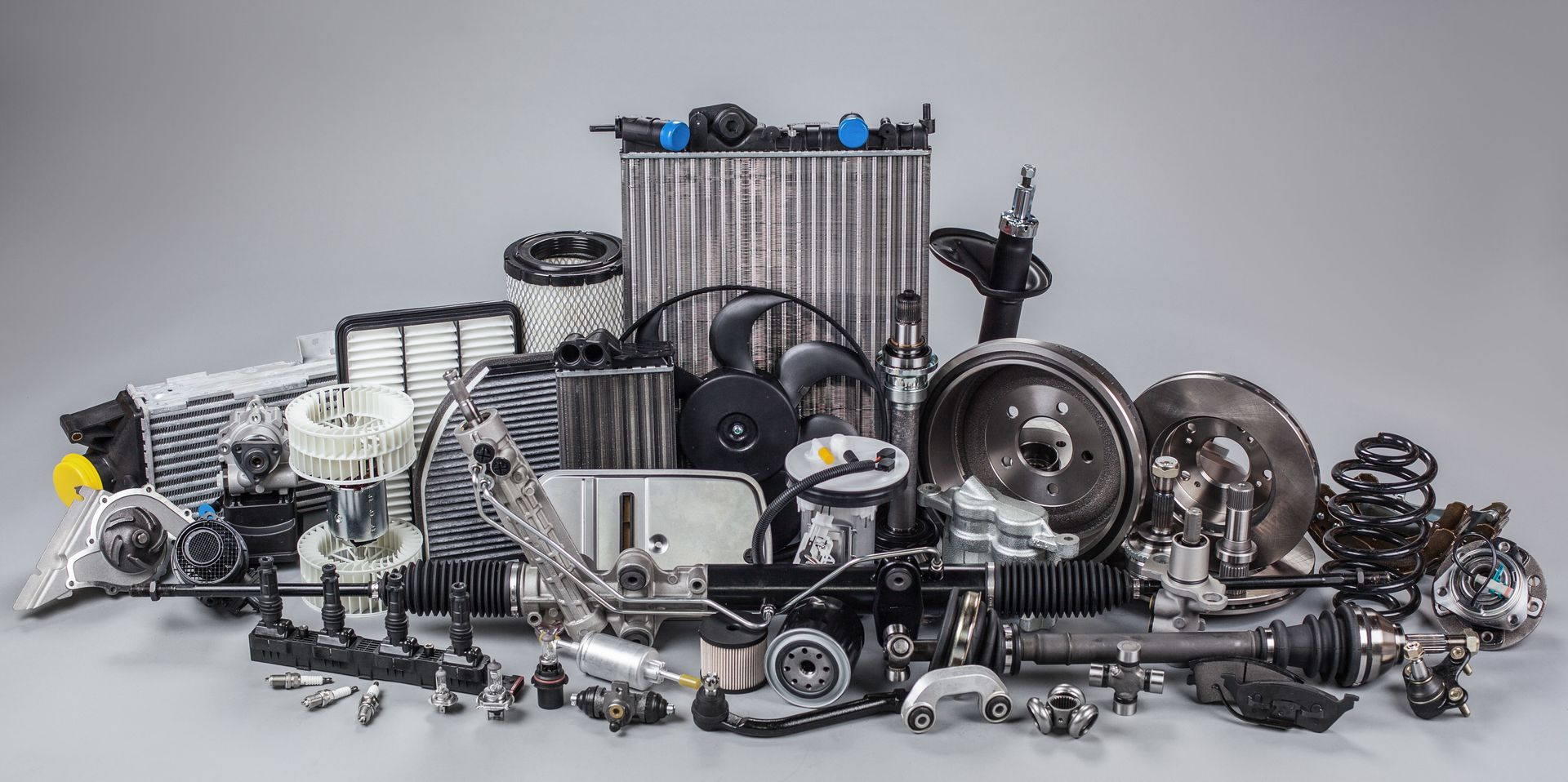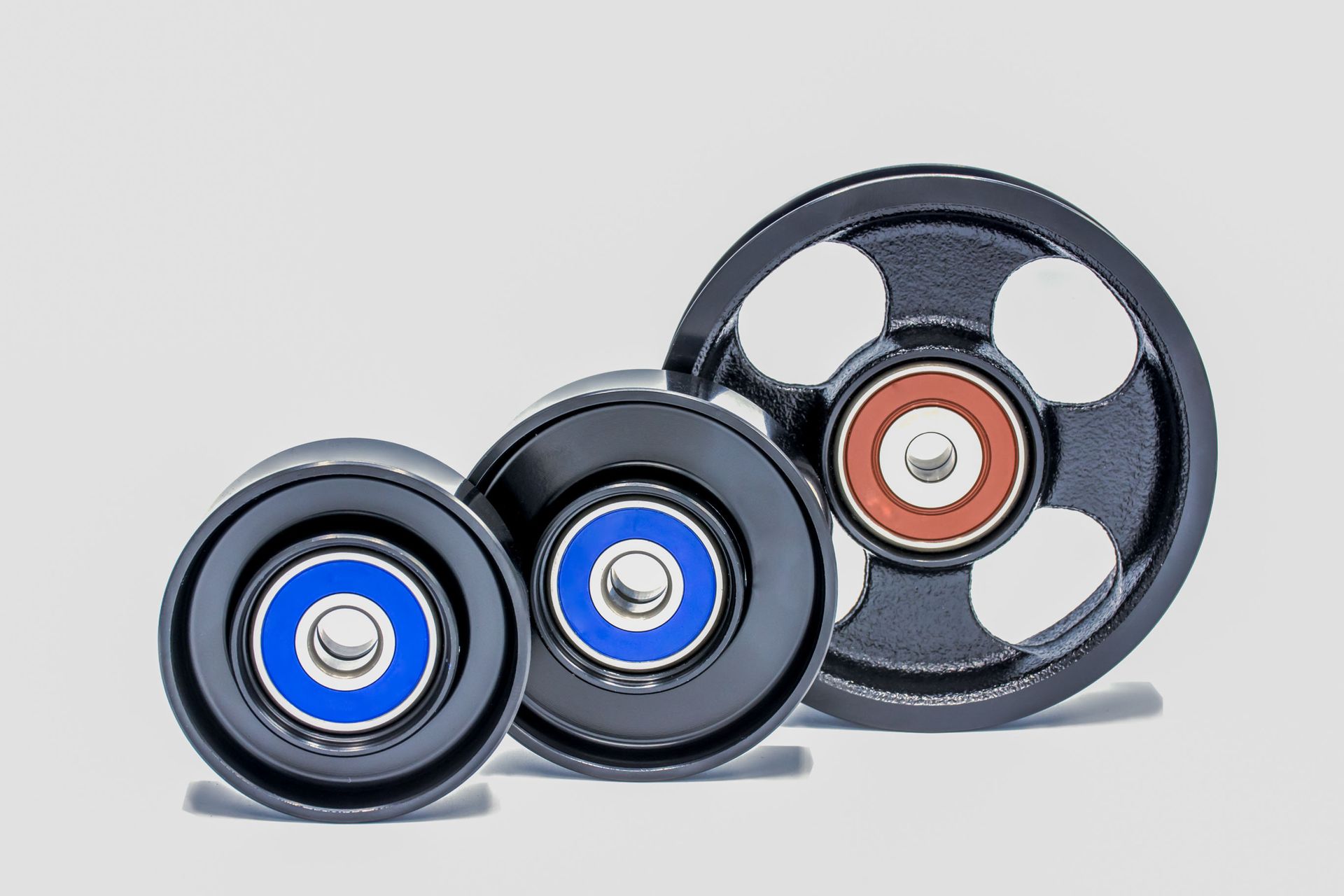August 25, 2025
Compression molding is a crucial technology in the manufacturing industry, playing a significant role in achieving operational efficiency, cost reduction, and enhanced product quality. The method involves shaping material, typically thermoset plastics, using mold cavities under heat and pressure. This article investigates several effective solutions for optimizing the compression molding process, aiming to provide manufacturers with practical strategies to enhance their operational workflows. Employing these strategies can lead to substantial improvements in cycle times, energy usage, material efficiency, and overall production cost. The goal is to provide manufacturers with a comprehensive guide to adopting efficient compression molding services, enhancing their capabilities and competitive positioning in the market.
1. Understanding Compression Molding
The compression molding process is fundamentally straightforward yet highly effective in producing high-quality components. It involves placing the material into an open, heated mold cavity, then closing the mold to allow the material to conform to the shape. This method is particularly advantageous for producing complicated geometries and large parts. Compression molding is widely practiced due to its low scrap rates, which is a crucial factor for cost-effectiveness in large-scale production. Moreover, it offers superior control over the uniformity and mechanical properties of the final product.
Compression molding presents numerous benefits that make it an attractive option for manufacturers across various sectors. One of the primary advantages is the ability to produce parts with high strength and structural integrity. Additionally, the process supports manufacturing with minimal waste, aligning well with modern sustainability goals. It's also versatile in terms of accommodating different material types, which contributes to its widespread appeal. Not only does this aid in environmental sustainability, but it also helps companies to remain compliant with regulations across different markets.
The array of materials available for compression molding is both varied and expansive, accommodating diverse needs across industries. Thermosetting plastics are the most common, boasting attributes like thermal stability, durability, and chemical resistance. Other popular materials include fiberglass and rubber composites, which are favored in sectors like automotive and aerospace for their lightweight yet robust nature. By choosing the right material, manufacturers can harness compression molding services to produce components that meet rigorous technical specifications. This flexibility in material choices supports the creation of products with unique profiles and enhanced performance characteristics.
2. Selecting the Right Material for Efficiency
When selecting materials for compression molding services, several factors must be considered to ensure efficiency and product excellence. The thermal stability and melting temperature play critical roles in determining the suitability of a material for specific applications. Mechanical strength and rigidity are other essential attributes that influence the longevity and reliability of the molded parts. Additionally, chemical resistance and durability may be needed in sectors where products are exposed to harsh environments. These material properties must align with the specific requirements of the application to ensure optimal performance and cost-efficiency.
High-performance thermosetting resins offer numerous advantages for manufacturers focused on achieving superior compression molding results. These resins provide excellent heat resistance, mechanical strength, and electrical insulating properties, making them ideal for a wide array of applications. The ability of thermosetting resins to be molded into complex shapes enhances their utility in industries requiring intricate component designs. Given their robust performance characteristics, these materials are often preferred when product longevity and functionality are paramount. They represent a significant opportunity for manufacturers aiming to innovate and maintain a competitive edge.
One of the persistent challenges in compression molding is balancing the cost of materials with the durability of the finished products. Manufacturers must navigate the trade-offs between upfront material expenses and long-term performance benefits. High-quality materials may come at a premium, but they often contribute to reduced maintenance costs and extended product lifecycles. By strategically selecting materials that deliver on both fronts, companies can achieve superior cost efficiency in their production processes. This strategic approach helps manufacturers maximize return on investment while ensuring product satisfaction and market competitiveness.
3. Innovative Molding Techniques and Technologies
Advancements in mold design have dramatically improved the outcomes of compression molding processes, enabling more complex and precise component manufacturing. Modern mold designs incorporate features such as optimized cooling channels and efficient mold release agents, which enhance the molding cycle times. Furthermore, smart molds equipped with sensors provide real-time feedback and data for improving process control and reducing cycle variability. As a result, the industry sees enhanced production efficiency and consistency, given that these designs often minimize material wastage. These innovations contribute significantly to the robustness and repeatability of molded products across applications.
Automation and robotics are increasingly integral to the efficiency of compression molding services. Automated systems streamline processes by minimizing manual intervention, thereby reducing human error and increasing precision. Robotics can handle multiple stages of molding, from material loading to product extraction, with unmatched accuracy and speed. This integration not only boosts throughput but also allows manufacturers to maintain higher quality and safer work environments. Companies investing in automation technologies are positioning themselves to not only improve competitiveness but also respond flexibly to dynamic production demands.
4. Optimizing Heating and Cooling Systems
Effective heating and cooling systems are paramount in achieving energy and cost efficiencies in compression molding operations. Advances such as precision temperature control and energy-efficient radiant heating technologies have transformed traditional handling. These systems ensure that energy usage is closely aligned with operational demand, leading to significant reductions in unnecessary energy expenditure. Additionally, integrating optimized cooling mechanisms reduces mold cycle times and enhances operational throughput. As the industry continues to advance, optimized systems will play a critical role in improving sustainability and profitability for manufacturers.
Minimizing waste is a vital aspect of achieving cost efficiency in compression molding, with substantial financial and environmental implications. Advanced waste reduction techniques include precise material metering and recycling unused resources back into the manufacturing cycle. Automation technologies also aid in minimizing waste by reducing errors induced through manual operations. Investing in efficient machinery and high-quality molds ensures the conversion of maximum material into usable products, further cutting down excess. Consequently, these reduction strategies align well with both cost management objectives and eco-friendly manufacturing practices.
Embracing renewable energy sources offers an attractive strategy for manufacturers looking to reduce their energy footprint and achieve greater cost savings. Facilities powered by solar, wind, or biomass not only benefit from lower operational energy costs but also positive public perception as sustainable businesses. This shift towards renewables is becoming increasingly pertinent as energy consumption rates rise alongside manufacturing outputs. Additionally, securing renewable energy sources can protect against future energy cost fluctuations and regulatory pressures. Combining renewable energy strategies with efficient production processes provides an integrated approach to maximizing overall resource efficiency.
5. Detecting Defection Technologies
Upholding high standards through certifications ensures that compression molding products meet quality and regulatory compliance across various markets. Industry-specific certifications guide manufacturers in adhering to stringent technical standards that guarantee product safety, reliability, and performance. Achieving these standards often entails investments in updated technologies and training programs to maintain consistent production quality. Certifications can markedly enhance consumer confidence and open up new market opportunities, both domestically and internationally. They solidify a manufacturer's reputation as leaders in quality and innovation, setting benchmarks for others in the industry.
The integration of real-time monitoring systems has emerged as a critical component in modernizing quality control processes within compression molding services. These systems provide instantaneous data analytics on machine performance, material usage, and product quality. They facilitate early detection of anomalies and variance in molding conditions, allowing immediate corrective actions and minimizing error propagation. Real-time monitoring empowers manufacturers to adopt a proactive approach in maintaining optimal production conditions. It contributes to consistent quality outputs and minimizes downtime due to unplanned maintenance activities.
Efficient compression molding services offer inexhaustible potential to transform manufacturing processes across industries by enhancing quality, reducing costs, and fostering innovation. According to Global Market Insights, compression molding is expected to reach a global valuation of USD 25.1 billion by the end of the 2032. For more information about the services that we offer, reach out to our incredible team at Contact Rubber Corporation today!




